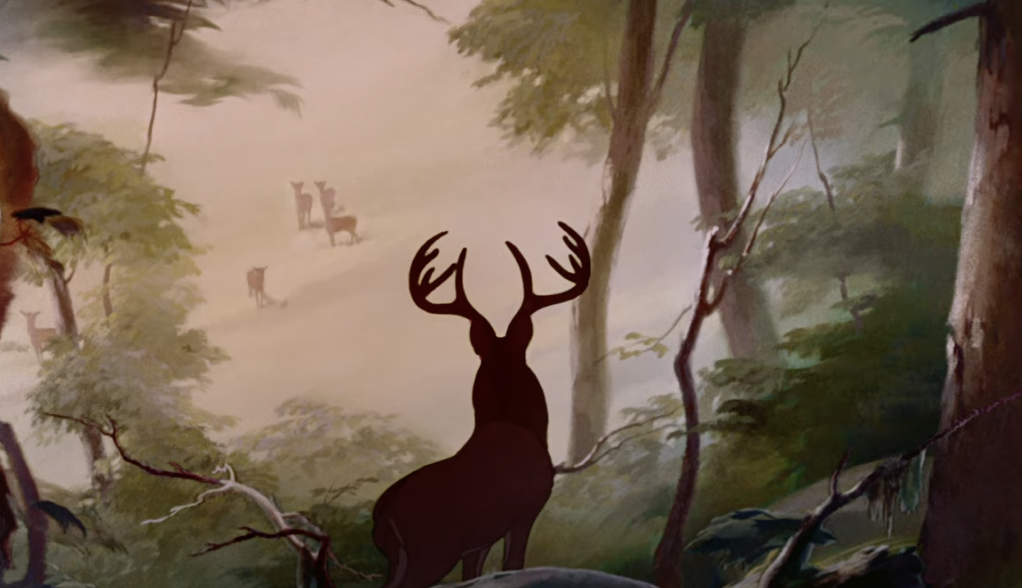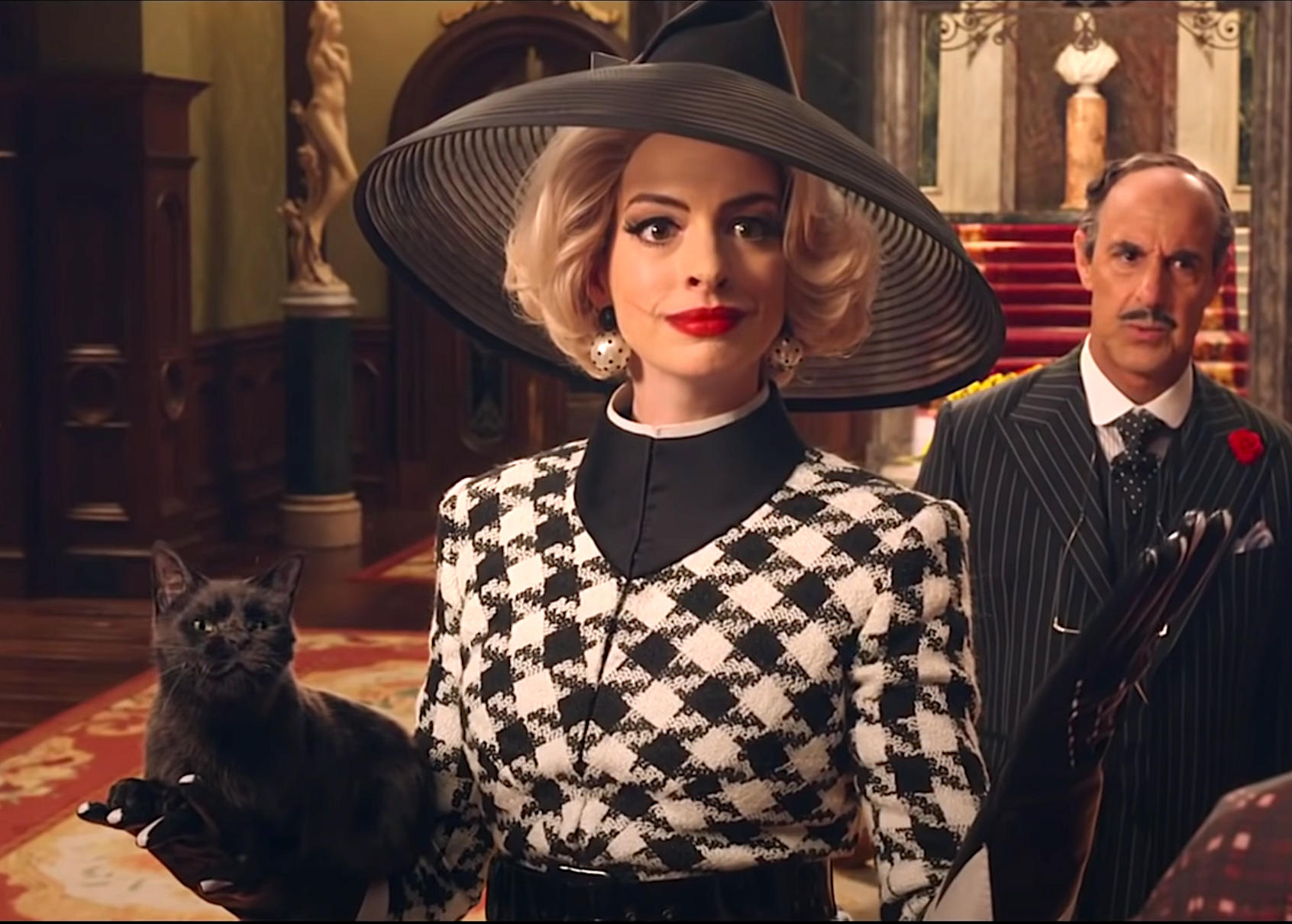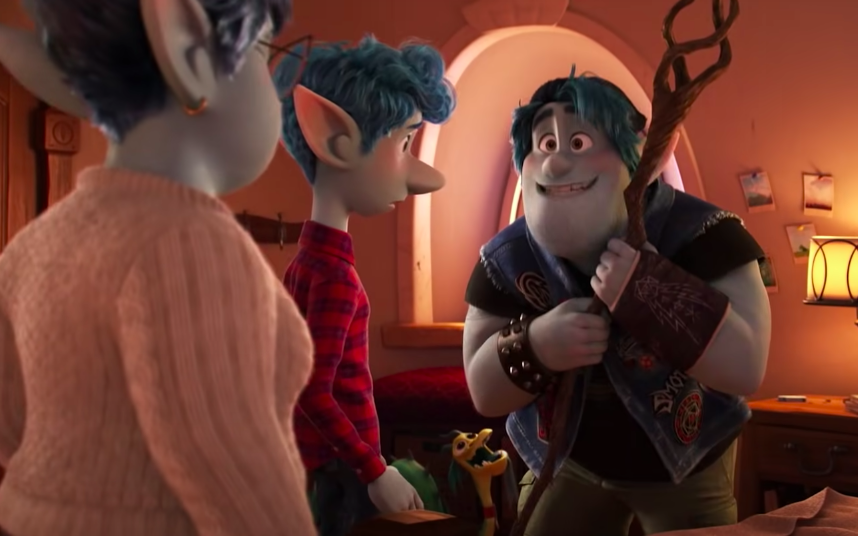Interviews
The Final Draft is the Movie: an Interview with Justin Marks, The Jungle Book Screenwriter

Justin Marks has been a making a living as a screenwriter in Hollywood for over ten years, but until recently, most people had never heard of him. Years ago, he was contracted by Disney to rewrite the script for the studio’s remake of 20,000 Leagues Under the Sea, a project that was eventually cancelled. When the call came to work with Jon Favreau on a new version of The Jungle Book for Disney, he was ready. The film has been a commercial and critical success, blending elements from Kipling’s original work with the 1967 Walt Disney adaptation.

Marks is, among other things, the creator of the upcoming Starz TV series Counterpart, to be directed by Morten Tyldum (Imitation Game and Passengers) and starring Academy Award winner J.K. Simmons. Here he talks about the pressure of (re)adapting a classic, the screenwriting process, and how the visual medium of film affects the way he approaches storytelling.
Kelly Luce: Before The Jungle Book was a Walt Disney film, of course, it was a book of stories by Rudyard Kipling. What was your approach to the Kipling? Had you read it before being hired to write this script?
Justin Marks: The influence behind the screenplay for this movie was twofold. First, we had the original stories by Kipling, which I’d grown up with — or at least, I’d grown up with the first Jungle Book collection, then became familiar with the second while researching the film. And second, we had a unique obligation to service people’s memory of the 1967 Walt Disney film. We made a decision, very early on in Jon Favreau’s involvement, that we would honor the 1967 film in terms of our story’s structure and treatment of characters, then use the Kipling to deepen and enhance theme. For example, the elephants played a very different role in our film than they did in the Walt Disney film, and that came entirely from the treatment given to them by Kipling. He was able to endow the jungle with a sense of myth and religion, and we wanted that to be swirling beneath the surface of a very simple story.
KL: What duty, if any, did you feel toward both the Kipling and the 1967 Walt Disney film? Both contain dated and offensive ideas about race and the effects of British colonialism. How did you approach carving out the heart of the story?
JM: Certainly Kipling’s work carries a lot of colonial baggage, and we felt we owed it to the audience to modernize our approach. But we did so mostly by digging in on the characters. It’s a coming of age story about a displaced young boy grasping for his identity, and meeting various mentors who pull him in different directions.
There was also a fair amount of attention paid to where Mowgli should end up at the resolution of our film. Did we want to send the message that identity is a matter of birthplace and lineage, or could it be a matter of choice? We liked this latter, more pluralistic answer, and felt it was truer to Mowgli’s journey as a character.
KL: Did the live action/CG style of the film affect your writing?
JM: It really did. For most of production, there was this big unknown when it came to how the effects were going to look as a finished product. We really had no idea how the effects were going to look when they came in. Early on, when we hadn’t yet seen anything, we constructed scenes so that they could rely emotionally on the human boy’s face. Then, as the shots came in, and Jon started to see what he had, I think he could then start to loosen up a bit and use the animals’ reaction shots to greater emotional effect.
KL: Novelists, story writers, and poets usually see some changes in their final manuscripts before a book is published, but for screenwriters, these sorts of changes can be massive. How different was the movie from your final draft of the script? IS there such a thing as a final draft in Hollywood?
JM: Our process on this movie was much more similar to animation than it was to live action. Typically what that means is the process is iterative, with endless meetings and reviews after we put the scenes “on their feet”, whether that be through animatic or motion captured pre-vis. The entire story team would evaluate these scenes together, and debate over them endlessly — and then more drafts would be written. I’m counting in my documents folder 198 unique drafts for the script, and that’s not even fully inclusive of smaller changes that happened later in the process. So I guess, when it comes to this project, the final draft is the movie.
KL: What’s your process like for a writing feature script? Do you write an entire draft before sharing it, or are you collaborating the entire time? What tools (physical and/or mental) are most useful for you as you create a story?
JM: The first draft is all about being isolated and getting to have your first true swing at the story. If you’re not able to take that shot, you’re really not able to develop the voice the project needs. It’s the the process of building the fortress that later you have to defend. Then, once you’re into revisions, it’s about hearing the notes and using them to shape a collective vision — and really Jon’s vision, since this is a very director driven-medium — in the most effective way possible. But yeah, that first draft is your one shot at getting the story right. I think it’s really hard to deliver a weak first draft that turns into a strong film. It’s about getting everyone excited about the potential of the movie, and the directions it could go.
KL: What are you reading for pleasure these days?
JM: It’s summer, and that means I’m always neck deep into John LeCarré, my favorite reading pleasure, and thank goodness he’s still alive and still churning out good books with strong regularity. I’m also doing a re-read of Nabokov this year — Lolita’s on the night stand for the first time since I was in high school. Just a pleasure to rediscover. He’s better in a second-language than most of us are in our first.
KL: If you could adapt any novel or short story into a feature film, what would it be, and who would direct it?
JM: My wife’s [Rachel Kondo, who’s essay on dialect, shame, and fiction writing can be read here] got a short story collection based on the people she grew up with on the island of Maui. The world rendered in such vivid, funny, and moving fashion… I’d love to direct those stories onscreen myself one day.









